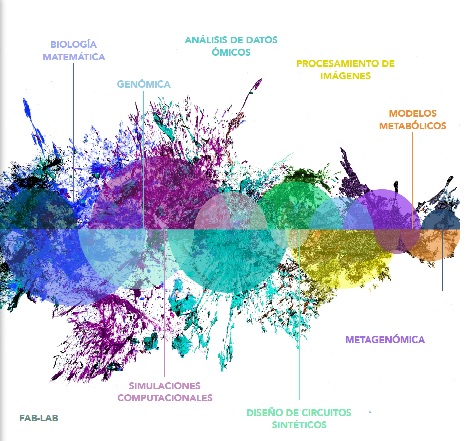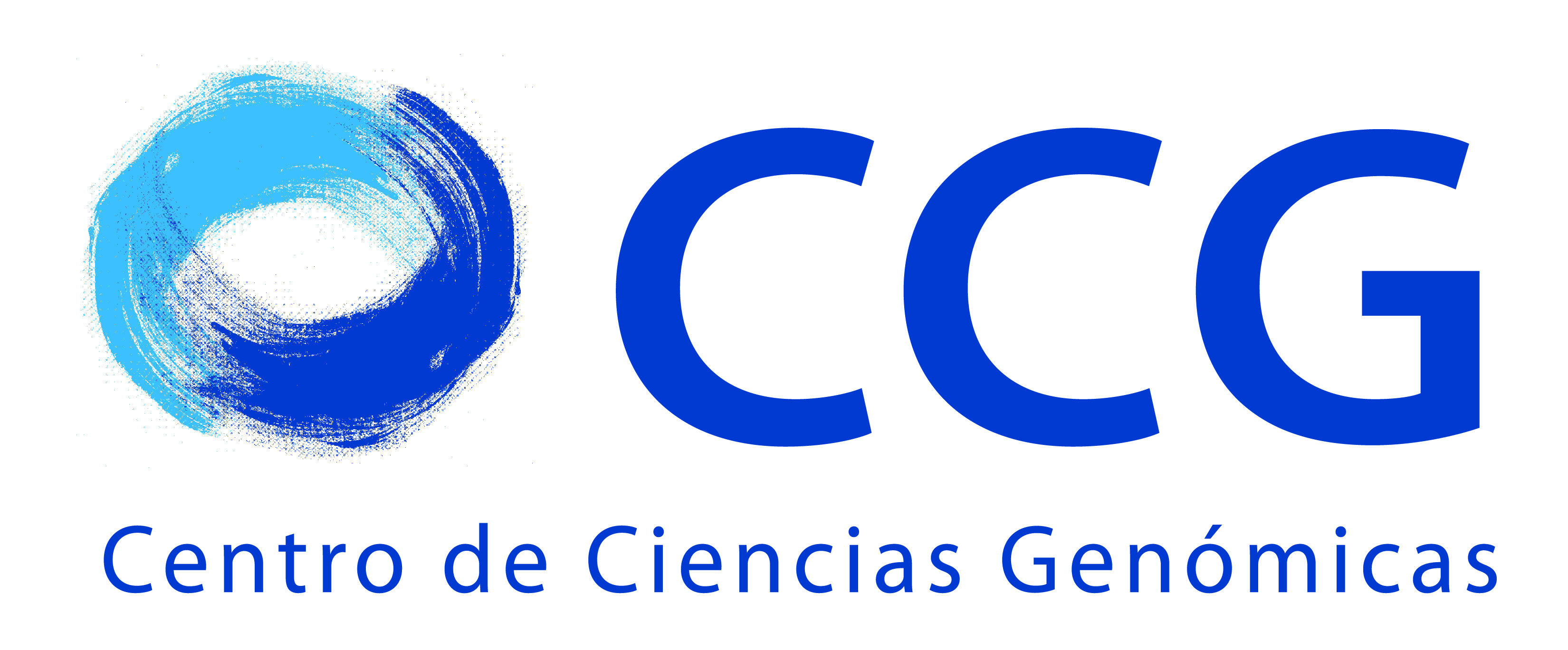MODELING GENE REGULATION
In a simple but significant approach, based on the knowledge available in RegulonDB, we have modeled in two values, on or off, the expression values of genes organized into simple and complex regulons. Rosa María Gutiérrez´s Ph.D. thesis dealt with comparing predicted patterns of gene expression with those observed in microarray experiments (Gutiérrez-Ríos et al., 2003). The results show a statistically significant high level of consistency, opening the way to improve them, and to new questions on the global behavior of the network.
On the biology of the network
The amount of knowledge and detail of the E.coli network, offers the opportunity to re-evaluate classical definitions used to understand gene regulation. It also represents a challenge as to whether our current set of notions are sufficient to understand complete networks of a cell.
For instance, the notion of a promoter sequence for the binding of RNA polymerase as a single site, has been challenged by the computational observations showing the occurrence of multiple overlapping promoter-like sequences around functional sigma 70 promoters ( Huerta and Collado-Vides, 2003)
Similarly, the notion of regulon is frequently incorrectly used in bioinformatics. We have proposed (Gutiérrez-Ríos et al., 2003) to keep the original definition (liga a definicion en regulondb) in what we call a simple regulon, as opposed to complex regulons (liga a definicion en regulondb)
We have re-evaluated the definition of a global regulator with the large number of properties now available at the genomic level for transcriptional regulators ( Martínez-Antonio and Collado-Vides, 2003).
RegulonDB has provided an essential database to the statistical definition of motifs in a network (Ref de Uri Alon). The network of gene regulation is a power-law, scale-free network, with a clustering coefficient behavior -linear decay in a log-log graph as a function of the connectivity- that implies it is a hierarchical modular network (Ref de Barabassi). We decided to search for the biological meaning or content of such assertion, finding that in fact the regulatory network can be partitioned into functionally homogeneous subsets. These large subcomponents correspond to major specific physiological functions of the cell. The way certain motifs (smaller elements) link such components indicate that the physiological integration is performed at the level of individual promoters by multiple regulation of regulators that belong to different physiological functions of the cell (Resendis-Antonio et al., 2005).
In a first step towards integrating regulatory networks with the metabolites that their gene products synthesize, degrade or respond to, we have classified regulatory proteins based on their meta allosteric interactions . Metabolites are classified based on whether they are synthesized in the cell, introduced from the exterior, or both. Their corresponding transcription factors are thus classified as internal sensing, external or hybrid sensing TFs . We show that the internal sensing subset dominates regulation of TFs, via interactions of global regulators (Martínez-Antonio et al., 2006).
References
Gutiérrez-Ríos R.M., Rosenblueth D.A., Loza J.A., Huerta A.M.,. Glasner J.D., Blattner F.R., and Collado-Vides J. (2003) "Regulatory Network of Escherichia coli : Congruence between Literature Knowledge and Microarray Profiles" Genome Res . 13:2435-2443
Huerta A.M. and Collado-Vides J. (2003) "Sigma 70 Promoters in Escherichia coli : Specific Transcription in Dense Regions of Promoter-like Signals" J.Mol.Biol . 333:261-278
Martínez-Antonio A., and Collado-Vides J. (2003) "Identifying Global Regulators in Transcriptional Regulatory Networks in Bacteria" Current Opininon in Microbiol. 6:482-489
Martínez-Antonio A., Janga S.C. , Salgado H. and Collado-Vides J. (2006) "The Internal sensing machinery directs the activity of the regulatory network in Escherichia coli " Trends in Microbiol. (in press).
Resendis-Antonio O., Freyre-González J.A., Menchaca-Méndez R., Gutiérrez-Ríos R.M., Martínez-Antonio A., Cristhian Ávila C., and Collado-Vides J. (2005) "Modular analysis of the transcriptional regulatory network of E. coli" Trends in Genetics (TIGS) 21:16-20









